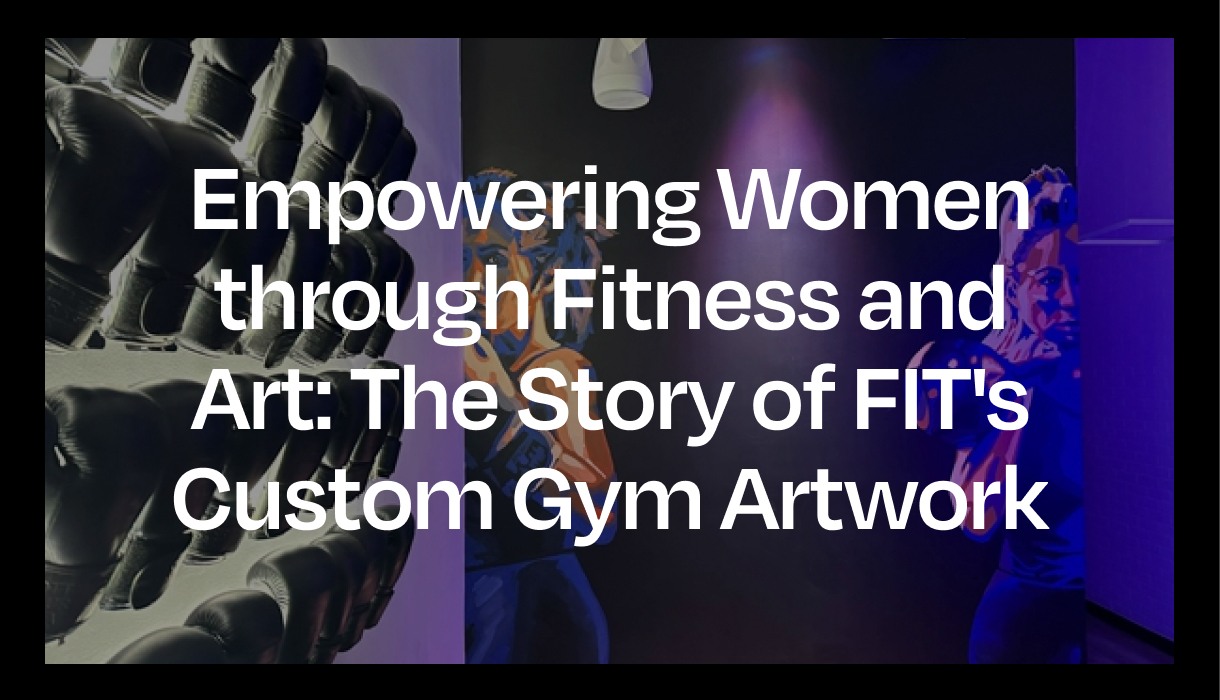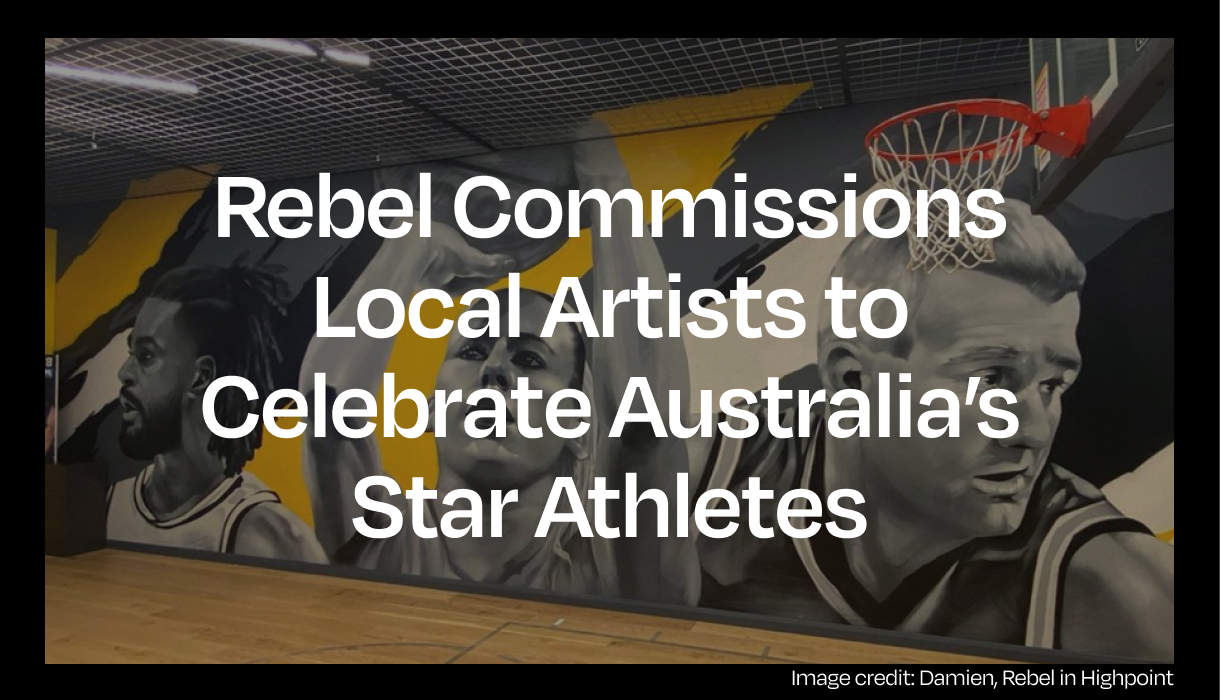
The Benefits of Street Art in Communities 2023
The Benefits of Street Art: How does graffiti help the community?
Walking through cities you don’t have to look far to find art. It’s in the architecture of our buildings and on the walls of curated art galleries, but it’s with street art that we see some of the most powerful works. It’s hard to define because it comes in every colour, size and style but street art often refers to graffiti works in public locations, usually done without permission. For some it’s a nuisance and an eyesore, but for others, it’s transformative. The benefits of street art in communities include the power to revolutionise spaces through embellishing walls and expressing the lives and culture of people.

How street art can transform communities?
Art in the street can completely change the visual aesthetic of an area. A city full of towering concrete grey buildings is transformed with colour and light with the addition of art. The benefits of street art in communities is to reduce dull, dirty environments. Instead of feeling dreary or uninterested, people walking through the city can become inspired and uplifted. It also helps to stimulate the public, encouraging people to pay attention to the world around them and to engage with their environment rather than disconnect with their community. With the addition of art in our physical environments, the places where we work, learn and relax become enriched, opening our minds to new possibilities.
A sense of life can be given from street art as it adds character and complexity to what otherwise may be a boring place. In particular, when artists come together with civic and business leaders, they can create large scale works that completely reframe a space. In places such as Belfast, parts of the city that were once abandoned have now been transformed into art galleries and cultural hubs.
Furthermore, studies looking at the power of art have shown that public art can create a community’s sense of place and identity. Street art makes cities and towns individual and breaks away from dullness.

Why is street art good for the community?
- Beautification: Street art can add color and vibrancy to otherwise dull or neglected areas of a community. This can help to create a sense of pride and ownership among community members and improve overall quality of life.
- Tourism and Economic Development: Street art can also attract tourists and bring economic development to a community. People may travel from other areas to see murals and other street art, which can generate revenue for local businesses.
- Social Commentary and Awareness: Street art can serve as a platform for social commentary and awareness. It can draw attention to important issues and spark conversations within the community.
- Community Engagement: Street art can also encourage community engagement and involvement. When artists involve community members in the creation of street art, it can promote a sense of ownership and pride in the community.
What is the purpose of street art?
Sometimes street art not only looks beautiful, but it has purpose, it often wants to make a statement. Benefits of street art in communities help express the lives and values of a community. It can highlight the values that people share or want to celebrate, for example, a portrait of someone who is well respected in the area helps to give a sense of pride. People feel connected to others through the demonstration of a shared history, values and stories in a way that is tangible. Sometimes the story being told is a political or social statement. Since its beginning, graffiti has prompted discussions and been a tool for free speech and protest. Graffiti gives anonymity which in turn gives freedom to artists to say whatever they want. In particular marginalised communities that are often silenced can be heard in a way that is loud but peaceful.

What is the history of street art?
The history of street art can be traced back to the early 20th century when artists began to use public spaces as a canvas for their work. Graffiti, which is a form of street art, first emerged in the late 1960s in Philadelphia and New York City. It started as a form of self-expression among young people who wanted to leave their mark on the city.
In the 1970s, graffiti artists started to form groups, or “crews,” and began to develop their own unique styles. They also started to use spray paint, which allowed them to create larger and more intricate pieces.
By the 1980s, street art had become a global phenomenon, with artists from around the world using public spaces to showcase their work. Street art became a way to challenge the traditional art world and to express political and social messages.
For example, in Buenos Aires street art has been used by activists to resist the military dictatorship and share the stories of their history in a time where those in power sought to erase it. The city has become famous for its incredible art and has transformed what once was somewhat of an urban wasteland. Another example of powerful political art is the art on the Berlin Wall that transformed what was both symbolical and physically a division, into an outdoor art gallery celebrating freedom and unity. Currently, the Berlin Wall displays works of over 100 artists from across the world that tourists come to admire every day. For the people of Berlin, the art on the Berlin Wall reminds them their history but also their ability to overcome oppression.
Learn more about the history of street art via our blog.

10 Community Street Art Projects from Across the World

1. The Giant Storybook Project – Chiang Mai, Thailand
The Giant Storybook Project in Chiang Mai, Thailand is a community-based initiative that aims to promote literacy and creativity among children in the area. The project involves the creation of giant storybooks that are displayed in public places, such as parks and community centers, for children to read and interact with.
The idea behind the project is to make reading fun and engaging for children, while also promoting a love of literature and storytelling. Each giant storybook is created by local artists and volunteers, who work together to bring the stories to life using a range of artistic mediums, including painting, sculpture, and mixed media.

2. Le M.U.R. – Paris, France
Le M.U.R. is a public art space located in the heart of Paris, France. The space is dedicated to promoting contemporary urban art and creating opportunities for emerging artists to showcase their work.
The name “Le M.U.R.” stands for “Modulable, Urbain, Réactif” (Modular, Urban, Reactive), and the space features a large wall that serves as a canvas for rotating exhibitions of street art and murals. The wall is painted over every two weeks with a new work of art, creating a constantly changing visual landscape in the city.
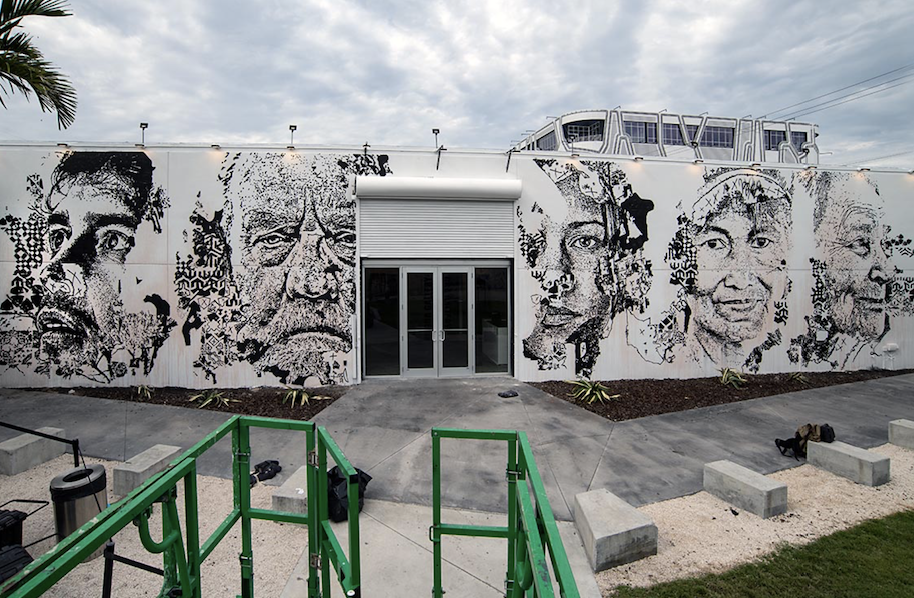
3. Wynwood Walls – Miami, Florida
Wynwood Walls is a public art project located in the Wynwood neighborhood of Miami, Florida. The project was founded in 2009 by the late Tony Goldman, a real estate developer who was inspired by the neighborhood’s vibrant street art scene.
Wynwood Walls features large-scale murals and street art by local and international artists, including Shepard Fairey, Os Gemeos, and Ron English. The project has transformed the Wynwood neighborhood into a destination for art lovers, attracting visitors from around the world.
In addition to the outdoor murals, Wynwood Walls also includes an indoor gallery space and a garden area. The gallery space features rotating exhibitions of contemporary art, while the garden area is filled with lush greenery and sculptures by various artists.
Learn more about the Wynwood Walls in Miami.

4. Living Walls – Atlanta, Georgia
Living Walls is a public art organization based in Atlanta, Georgia that focuses on creating public art projects that explore social and cultural issues. The organization was founded in 2009 by Monica Campana and Blacki Migliozzi and has since brought together local and international artists to create murals and public art installations throughout the city.
Living Walls aims to bring art to communities that might not otherwise have access to it, creating opportunities for dialogue and engagement between residents and artists. The organization also strives to address social and cultural issues through its projects, exploring themes such as gentrification, environmental justice, and cultural identity.
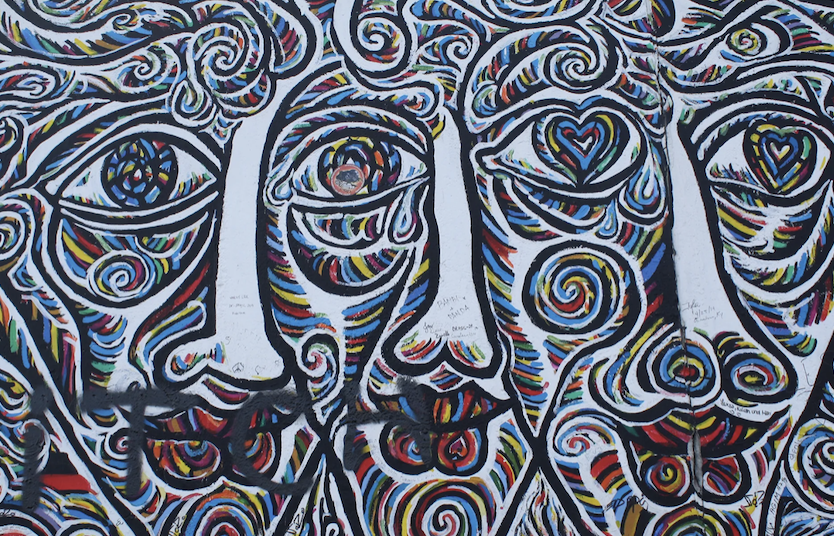
5. The Berlin Wall Murals – Berlin, Germany
The Berlin Wall Murals are a collection of paintings and murals that were created on the Berlin Wall during the Cold War era. The wall divided the city of Berlin into two parts – East and West – from 1961 until 1989, when it was finally torn down.
During this time, the wall became a symbol of the division between East and West, and many artists used it as a canvas to express their views on politics and society. Some of the most famous murals on the Berlin Wall include “The Kiss” by Dmitri Vrubel, “My God, Help Me to Survive This Deadly Love” by Mikhail Gorbachev and Erich Honecker by Dmitri Vrubel, and “Brotherhood” by Thierry Noir.
After the fall of the Berlin Wall, many of the murals were preserved and have become popular tourist attractions. The East Side Gallery, a 1.3 kilometer section of the wall, is now the longest open-air gallery in the world, featuring over 100 murals by artists from around the world.
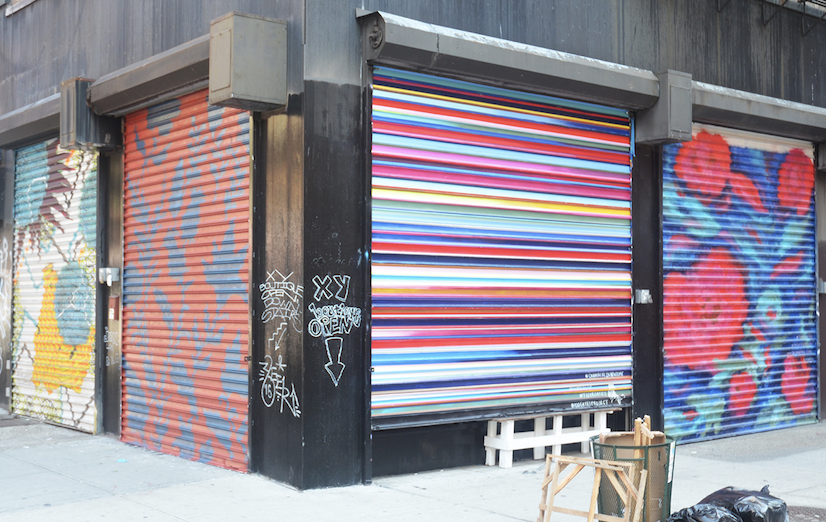
6. The 100 Gates Project – New York, New York
The 100 Gates Project is a public art initiative in New York City that aims to beautify and revitalize local businesses by painting their storefront security gates with murals. The project was founded in 2014 by artist and designer Billy Rohan, and has since grown to include over 200 gates throughout the city.
The 100 Gates Project partners with local businesses and artists to create unique and vibrant murals that reflect the character and identity of the neighborhood. The project has helped to transform many drab and uninviting storefronts into eye-catching works of art, attracting new customers and improving the overall aesthetic of the area.
In addition to its impact on local businesses, the 100 Gates Project has also created opportunities for emerging artists to showcase their work and develop their skills.
7. The One Mural Project – Shenzhen, China
The One Mural Project is a public art initiative in Shenzhen, China, that aims to create a city-wide gallery of murals by local and international artists. The project was launched in 2015 by the Shenzhen Center for Design, with the goal of promoting public art and enhancing the cultural identity of the city.
The One Mural Project invites artists from around the world to create murals on the walls of buildings and public spaces throughout the city. The murals cover a wide range of themes and styles, from abstract designs to realistic depictions of people and animals. Each mural is unique, and reflects the artist’s individual style and perspective.
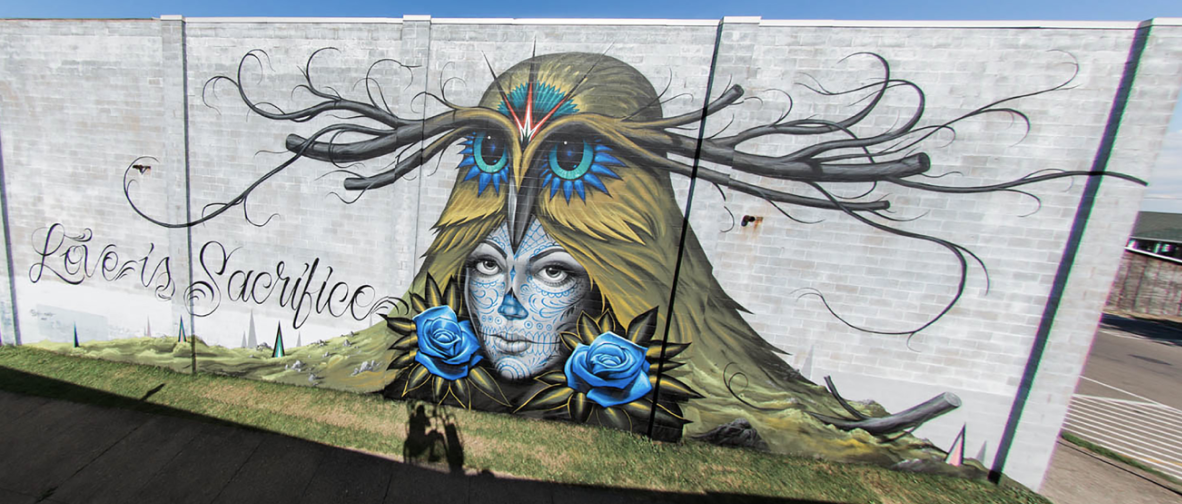
8. Wall\Therapy – Rochester, New York
Wall\Therapy is a non-profit organization based in Rochester, New York, that uses public art as a tool for community building and social change. The organization was founded in 2011 by Dr. Ian Wilson, a radiologist, and Erich Lehman, a local artist, with the goal of creating a city-wide mural project that would engage and inspire residents of all ages and backgrounds.
Wall\Therapy brings together local and international artists to create murals and public art installations throughout the city, with a focus on underserved neighborhoods and communities. The organization works closely with community members, including youth groups, schools, and local businesses, to identify sites for the murals and ensure that they reflect the unique character and identity of each neighborhood.
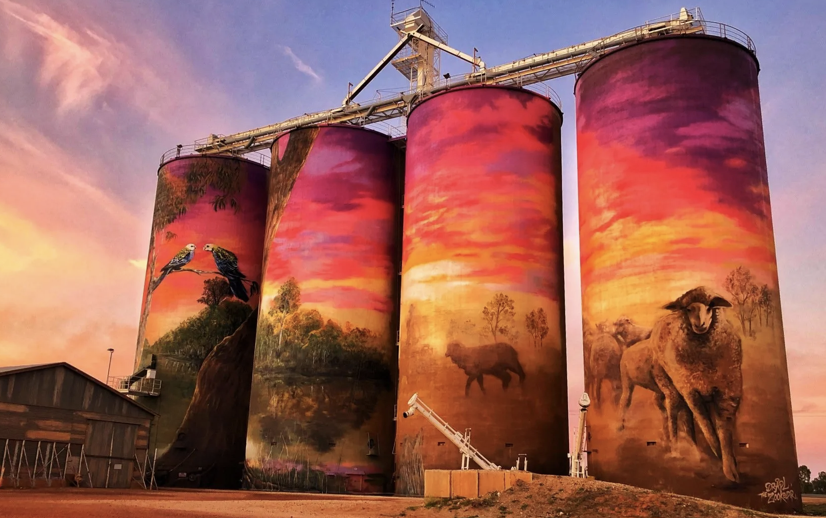
9. Australian Art Silo Trial – Australia
The Australian Art Silo Trial is a public art project that aims to transform grain silos, which are a common feature of the Australian countryside, into large-scale public artworks. The project was launched in 2015 by the Australian government, in partnership with GrainCorp, a leading Australian grain storage and marketing company, and is currently in its trial phase.
The Australian Art Silo Trial invites local and international artists to create murals on grain silos located in rural communities across the country. The murals cover a range of themes, from indigenous culture and wildlife to farming and rural life. Each silo mural is unique and reflects the artist’s individual style and perspective.
The Australian Art Silo Trial has transformed the silos into iconic landmarks, attracting visitors from around the world to rural communities that are often overlooked. The project has also helped to support local economies by creating opportunities for tourism and promoting regional arts and culture.

10. The Kampong Glam Murals – Singapore, Singapore
The Kampong Glam Murals are a collection of street art murals located in the Kampong Glam neighborhood of Singapore. The project was initiated by the Urban Redevelopment Authority (URA) in 2015, with the goal of revitalizing the historic district and promoting tourism.
The Kampong Glam Murals were created by a team of local and international artists, who were selected by the URA through a competitive selection process. The murals cover a wide range of themes, from Singapore’s rich cultural heritage to contemporary social issues. Each mural is unique and reflects the artist’s individual style and vision.
Browse more community murals by local artists around the world
Check out top-rated local artists near you!
Are you an artist ? Sign Up










